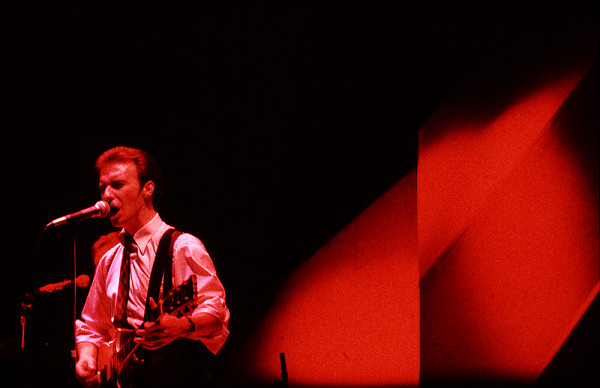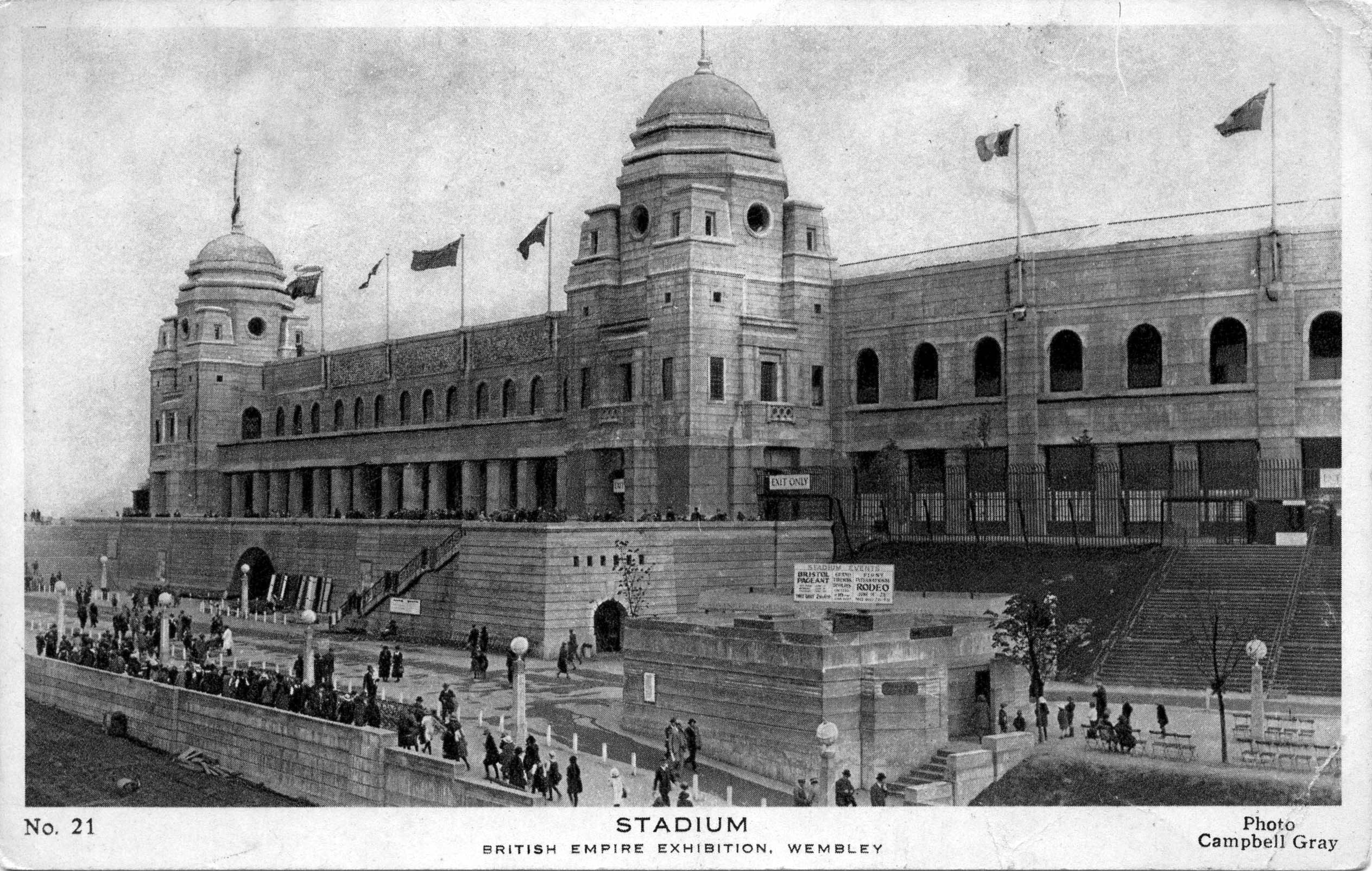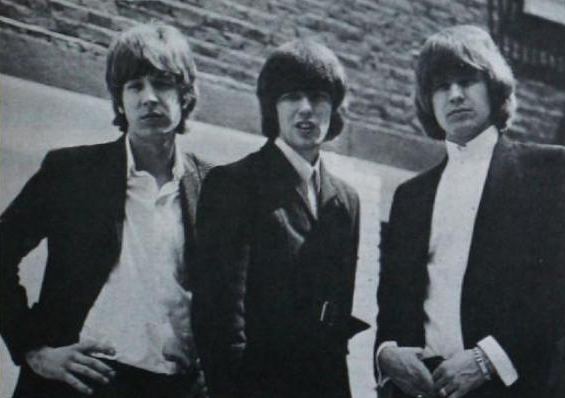|
Vienna (Ultravox Song)
"Vienna" is a song by British new wave band Ultravox from their 1980 fourth studio album of the same name. It was released as the album's third single on 9 January 1981 by Chrysalis Records and features Midge Ure singing the lead vocal. The song is regarded as a staple of the synth-pop genre that was popularised in the early 1980s. The song was also performed at the 1985 Live Aid concert in Wembley Stadium. It remains Ultravox's signature song, being their most commercially successful release and is often performed live by Ure in solo performances. Background "Vienna" was written in January 1980. The song features a dramatic grand piano in the verses and chorus, and a viola solo in the middle of the song. Other sounds include a solid synth bass line played on a MiniMoog, an Elka string synthesiser and a Roland CR-78 drum machine. The drum machine pattern created by Warren Cann was the basis of the song. Then, Cann and the classically trained Billy Currie together wanted to ... [...More Info...] [...Related Items...] OR: [Wikipedia] [Google] [Baidu] |
Ultravox
Ultravox (earlier styled as Ultravox!) were a British new wave band, formed in London in April 1974 as Tiger Lily. Between 1980 and 1986, they scored seven Top Ten albums and seventeen Top 40 singles in the UK, the most successful of which was their 1981 hit "Vienna". From 1974 until 1979, singer John Foxx was frontman and the main driving force behind Ultravox. Foxx left the band in March 1979 to embark on a solo career and, following his departure, Midge Ure officially took over as lead singer, guitarist and frontman on 1st November 1979 (despite writing and rehearsing with the band from April of that year) after he and keyboardist Billy Currie worked in the studio project Visage. Ure revitalised the band and steered it to commercial chart success lasting until 1987, at which time the group disbanded. A new line-up, led by Currie, was formed in 1992, but achieved limited success, with two albums failing to chart and one solitary single reaching 90 in the UK Singles Chart. ... [...More Info...] [...Related Items...] OR: [Wikipedia] [Google] [Baidu] |
Wembley Stadium (1923)
The original Wembley Stadium (; originally known as the Empire Stadium) was a stadium in Wembley, London, best known for hosting important football matches. It stood on the same site now occupied by its successor. Wembley hosted the FA Cup final annually, the first in 1923, which was the stadium's inaugural event, the League Cup final annually, five European Cup finals, the 1966 World Cup Final, and the final of Euro 1996. Brazilian footballer Pelé once said of the stadium: "Wembley is the cathedral of football. It is the capital of football and it is the heart of football", in recognition of its status as the world's best-known football stadium. The stadium also hosted many other sports events, including the 1948 Summer Olympics, rugby league's Challenge Cup final, and the 1992 and 1995 Rugby League World Cup Finals. It was also the venue for numerous music events, including the 1985 Live Aid charity concert. In what was the first major WWF (now WWE) pay-per-view ... [...More Info...] [...Related Items...] OR: [Wikipedia] [Google] [Baidu] |
The Walker Brothers
The Walker Brothers were an American pop group of the 1960s and 1970s which included Noel Scott Engel (eventually known professionally as Scott Walker), John Walker (born John Joseph Maus, but using the name Walker since his teens) and Gary Leeds (eventually known as Gary Walker). After moving to Britain in 1965, they had a number of top-10 albums and singles there, including the No. 1 hits "Make It Easy on Yourself" and " The Sun Ain't Gonna Shine (Anymore)", both of which also made the US top 20 and Canadian top 2. Between the two was the lesser US hit " My Ship is Coming In", another major hit in Britain, where it reached No. 3 in the chart. The trio split up in 1968, but reunited in the mid- to late 1970s and scored a final top-10 UK hit with " No Regrets". Formed in 1964, they adopted the 'Walker Brothers' name as a show business touch even though the members were all unrelated — "simply because we liked it." They provided a unique counterpoint to the British Invasion b ... [...More Info...] [...Related Items...] OR: [Wikipedia] [Google] [Baidu] |
The Third Man
''The Third Man'' is a 1949 British film noir directed by Carol Reed, written by Graham Greene and starring Joseph Cotten, Alida Valli, Orson Welles, and Trevor Howard. Set in postwar Vienna, the film centres on American Holly Martins (Cotten), who arrives in the city to accept a job with his friend Harry Lime (Welles), only to learn that Lime has died. Viewing his death as suspicious, Martins elects to stay in Vienna and investigate the matter. The atmospheric use of black-and-white expressionist cinematography by Robert Krasker, with harsh lighting and largely subtle "Dutch angle" camera technique, is a major feature of ''The Third Man''. Combined with the iconic theme music by zither player Anton Karas, seedy locations and acclaimed performances from the cast, the style evokes the atmosphere of an exhausted, cynical post-war Vienna at the start of the Cold War. Greene wrote the novella of the same name as preparation for the screenplay. Karas's title composition " The ... [...More Info...] [...Related Items...] OR: [Wikipedia] [Google] [Baidu] |
Synthesizer
A synthesizer (also spelled synthesiser) is an electronic musical instrument that generates audio signals. Synthesizers typically create sounds by generating waveforms through methods including subtractive synthesis, additive synthesis and frequency modulation synthesis. These sounds may be altered by components such as filters, which cut or boost frequencies; envelopes, which control articulation, or how notes begin and end; and low-frequency oscillators, which modulate parameters such as pitch, volume, or filter characteristics affecting timbre. Synthesizers are typically played with keyboards or controlled by sequencers, software or other instruments, and may be synchronized to other equipment via MIDI. Synthesizer-like instruments emerged in the United States in the mid-20th century with instruments such as the RCA Mark II, which was controlled with punch cards and used hundreds of vacuum tubes. The Moog synthesizer, developed by Robert Moog and first sol ... [...More Info...] [...Related Items...] OR: [Wikipedia] [Google] [Baidu] |
Vienna
en, Viennese , iso_code = AT-9 , registration_plate = W , postal_code_type = Postal code , postal_code = , timezone = CET , utc_offset = +1 , timezone_DST = CEST , utc_offset_DST = +2 , blank_name = Vehicle registration , blank_info = W , blank1_name = GDP , blank1_info = € 96.5 billion (2020) , blank2_name = GDP per capita , blank2_info = € 50,400 (2020) , blank_name_sec1 = HDI (2019) , blank_info_sec1 = 0.947 · 1st of 9 , blank3_name = Seats in the Federal Council , blank3_info = , blank_name_sec2 = GeoTLD , blank_info_sec2 = .wien , website = , footnotes = , image_blank_emblem = Wien logo.svg , blank_emblem_size = Vienna ( ; german: Wien ; ba ... [...More Info...] [...Related Items...] OR: [Wikipedia] [Google] [Baidu] |
Max Reger
Johann Baptist Joseph Maximilian Reger (19 March 187311 May 1916) was a German composer, pianist, organist, conductor, and academic teacher. He worked as a concert pianist, as a musical director at the Leipzig University Church, as a professor at the Royal Conservatory in Leipzig, and as a music director at the court of Duke Georg II of Saxe-Meiningen. Reger first composed mainly ''Lieder'', chamber music, choral music and works for piano and organ. He later turned to orchestral compositions, such as the popular '' Variations and Fugue on a Theme by Mozart'' (1914), and to works for choir and orchestra such as '' Gesang der Verklärten'' (1903), ' (1909), ''Der Einsiedler'' and the '' Hebbel Requiem'' (both 1915). Biography Born in Brand, Bavaria, Reger was the first child of Josef Reger, a school teacher and amateur musician, and his wife Katharina Philomena. The devout Catholic family moved to Weiden in 1874. Max had only one sister, Emma, after three other siblings died ... [...More Info...] [...Related Items...] OR: [Wikipedia] [Google] [Baidu] |
Romantic Music
Romantic music is a stylistic movement in Western Classical music associated with the period of the 19th century commonly referred to as the Romantic era (or Romantic period). It is closely related to the broader concept of Romanticism—the intellectual, artistic and literary movement that became prominent in Western culture from approximately 1798 until 1837. Romantic composers sought to create music that was individualistic, emotional, dramatic and often programmatic; reflecting broader trends within the movements of Romantic literature, poetry, art, and philosophy. Romantic music was often ostensibly inspired by (or else sought to evoke) non-musical stimuli, such as nature, literature, poetry, super-natural elements or the fine arts. It included features such as increased chromaticism and moved away from traditional forms. Background The Romantic movement was an artistic, literary, and intellectual movement that originated in the second half of the 18th century in ... [...More Info...] [...Related Items...] OR: [Wikipedia] [Google] [Baidu] |
The Independent
''The Independent'' is a British online newspaper. It was established in 1986 as a national morning printed paper. Nicknamed the ''Indy'', it began as a broadsheet and changed to tabloid format in 2003. The last printed edition was published on Saturday 26 March 2016, leaving only the online edition. The newspaper was controlled by Tony O'Reilly's Irish Independent News & Media from 1997 until it was sold to the Russian oligarch and former KGB Officer Alexander Lebedev in 2010. In 2017, Sultan Muhammad Abuljadayel bought a 30% stake in it. The daily edition was named National Newspaper of the Year at the 2004 British Press Awards. The website and mobile app had a combined monthly reach of 19,826,000 in 2021. History 1986 to 1990 Launched in 1986, the first issue of ''The Independent'' was published on 7 October in broadsheet format.Dennis Griffiths (ed.) ''The Encyclopedia of the British Press, 1422–1992'', London & Basingstoke: Macmillan, 1992, p. 330 It was pro ... [...More Info...] [...Related Items...] OR: [Wikipedia] [Google] [Baidu] |
Roland CR-78
The Roland CompuRhythm CR-78 is a drum machine launched in 1978. Although primitive by later standards, the CR-78 represented an important advance in drum machine technology at the time, in particular by allowing users to program and store their own drum patterns. The wood effect cabinet and preset rhythms of the CR-78 such as ''Waltz'', ''Bossa Nova'' and ''Rhumba'' suggest that it was seen by its designers as primarily an accompaniment for an electric organ, but the CR-78 became one of the favorite instruments of pop and electronic musicians in the late 1970s and early 1980s. It was used by artists including Phil Collins, Peter Gabriel, Daryl Hall & John Oates, Blondie, Ultravox, Genesis, John Foxx, Orchestral Manoeuvres in the Dark, Roxy Music, and Gary Numan. Operation The CR-78 uses analog drum voices that sound very little like real percussion instruments. The unit also incorporates an NEC microprocessor CPU (NEC) uPD8048C-015 8-bits to provide digital cont ... [...More Info...] [...Related Items...] OR: [Wikipedia] [Google] [Baidu] |
Elka Synthesizer
Generalmusic was an Italian musical instrument manufacturing company focusing on digital and acoustic pianos, synthesizers and music workstations. The company produced three lines: a musical instrument series called GEM, a various studio equipment series called LEM and electric organs/synthesizers called ELKA. It was founded in 1987 and ceased business in 2009 before becoming bankrupt in 2011. History Early Years Generalmusic's first arranger workstation models were their WS series, released in 1990. Featuring a 5-track sequencer, 32 built-in arranger styles, and 32 user-programmable styles, they predated the General MIDI standard. This limited easy interoperability with other devices. The WX series (released in 1993) did implement General MIDI, offered a large blue LCD display, a user-friendly interface and some vintage synth sound presets like Oberheim, ARP 2600, Prophet or Elka Synthex. Although designed as arranger workstations, WX series had some professional synthesizer c ... [...More Info...] [...Related Items...] OR: [Wikipedia] [Google] [Baidu] |





